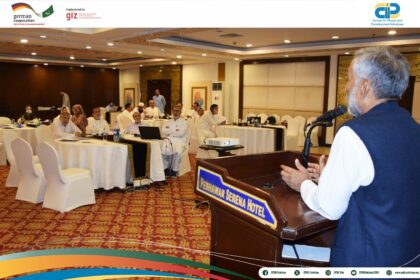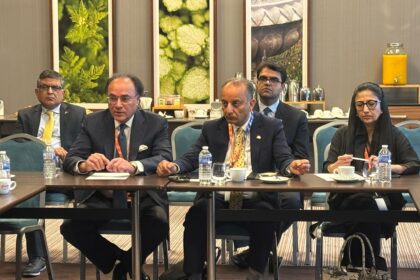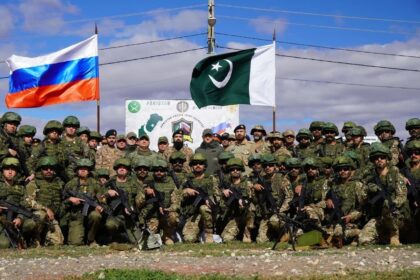The revocation of Article 370 in Jammu and Kashmir has sparked concerns that the move was aimed at changing the region’s Muslim-majority demographic rather than fostering integration or development, as claimed by the Indian government. Critics argue that this constitutional change serves to marginalize Kashmiris politically and culturally, and accuse the government of launching a systematic campaign to alter the area’s population makeup.
Article 370 defined the conditions under which Jammu and Kashmir acceded to India in 1947, granting it a special autonomous status within the Indian Union. Its unilateral removal by the Modi-led Bharatiya Janata Party (BJP) government has been described by legal experts and rights advocates as both unconstitutional and a violation of United Nations Security Council resolutions, which recognize Kashmir as a disputed territory. Under the original agreement, any change to the region’s status required approval from the now-defunct state assembly, leading many to view the action as a betrayal of promises made to the Kashmiri people.
While the Indian government has maintained that the move would usher in a new era of growth and stability, the region has yet to see significant economic recovery. Tourism has declined due to ongoing unrest and heavy militarization. Local industries have faced frequent disruptions, resulting in unemployment rates that remain among the highest in the country. Observers suggest that the promise of development was used as cover for deeper demographic transformations.
Following the revocation, new domicile laws were introduced to allow non-residents — primarily from Hindu-majority regions — to obtain residency, purchase land, and apply for jobs in Jammu and Kashmir. These laws, coupled with large transfers of land for military and industrial purposes, have made it easier for outsiders to settle in the area, further squeezing the local population. This strategy resembles tactics used in other global conflict zones, such as the Israeli-occupied territories in Palestine, where demographic shifts are employed to assert control.
Beyond changing population figures, these policies risk undermining the cultural, political, and religious identity of Kashmiris. The BJP-led government has been accused of suppressing Islamic practices, sidelining the Urdu language, and redrawing political boundaries to dilute Muslim representation. The new political map released after Article 370’s revocation shifts constituencies in ways that critics argue diminish the influence of the region’s majority community.
The intensified military presence, frequent communication blackouts, and legal changes are seen by many as tools of population control and subjugation typical of occupying powers. These measures attempt not only to consolidate physical control, but also to erode resistance to demographic and political changes.
Despite these developments, the international community has largely remained silent, focusing instead on strategic and economic partnerships with India. Human rights advocates warn that this reluctance to confront New Delhi enables continued demographic engineering in Kashmir and threatens the region’s unique cultural identity.
Analysts and activists say urgent international attention is needed to halt these changes. They call on governments, human rights organizations, and the media to amplify the voices of Kashmiris, advocate for accountability, and support UN-backed efforts to resolve the dispute. According to them, the repeal of Article 370 was less about development and more about dispossession, and unless action is taken soon, Kashmir risks losing the distinct political and cultural character it has held for decades.











